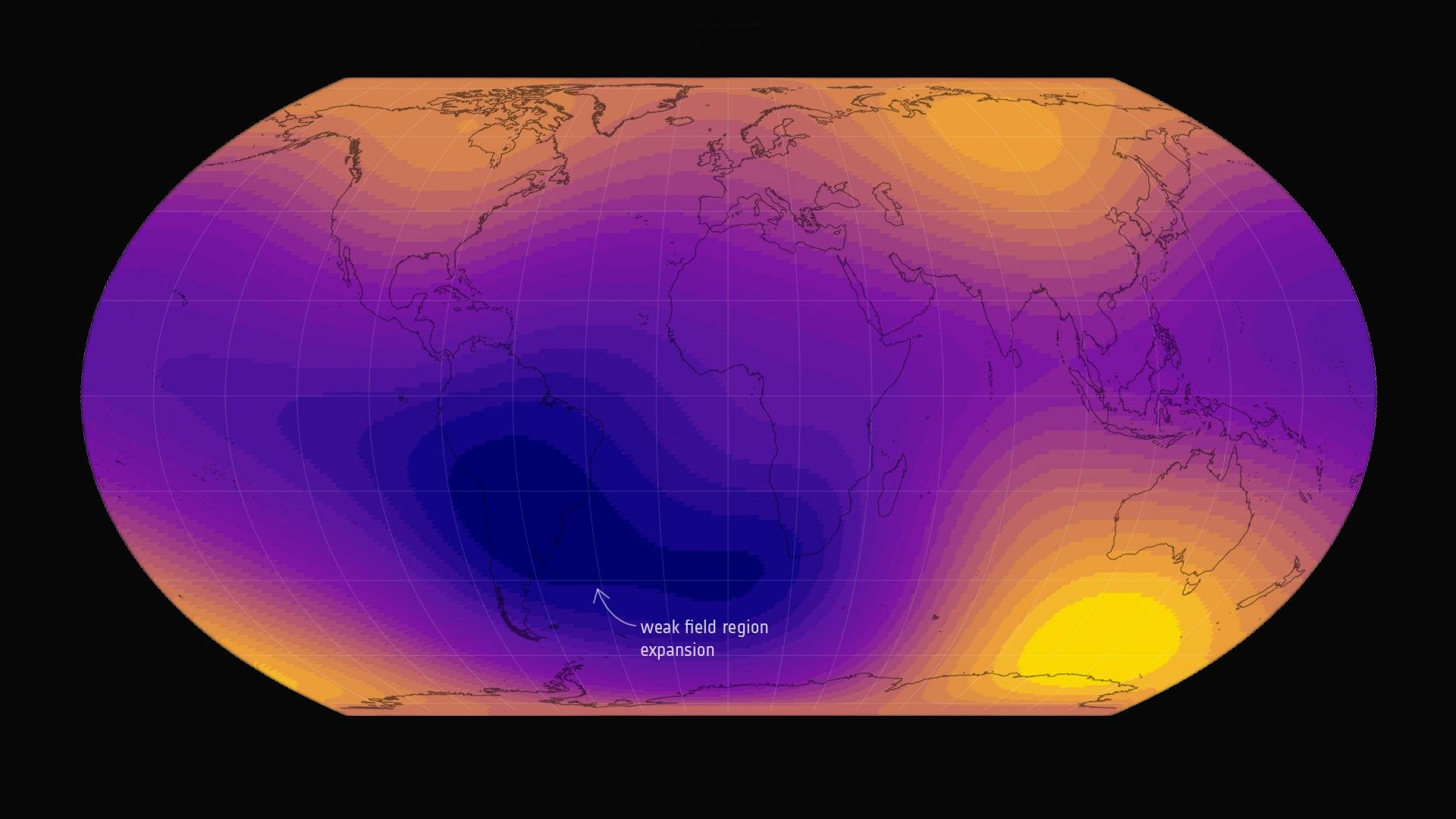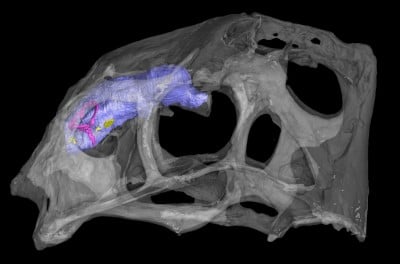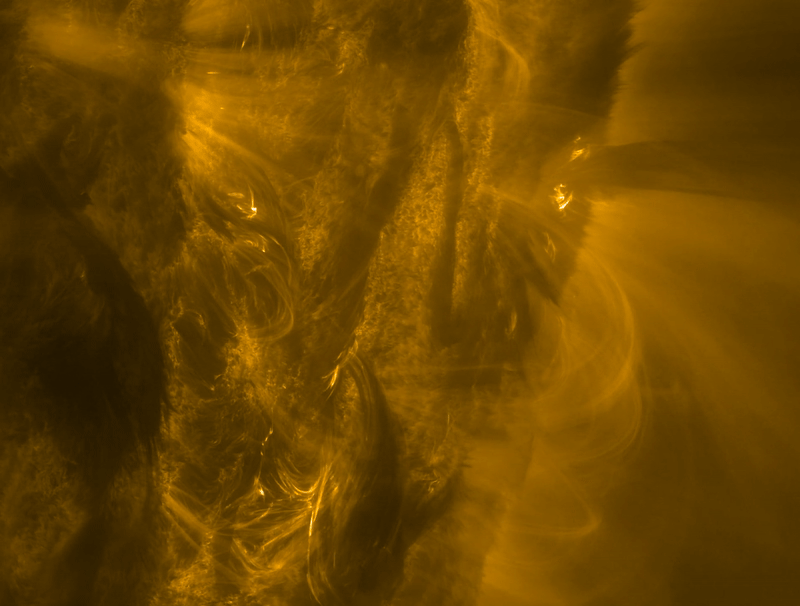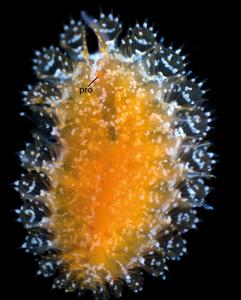Category: 7. Science
-
Running Activities implemented through Cooperative Agreements in the Discovery Programme
Enabling & Support 7 views
0 likesThis page supports project managers working in both industry and academia, as well as ESA Technical Officers of Discovery funded activities under the contractual frame of…
Continue Reading
-

4,000 gone: Inside NASA’s brain drain
“This was my dream job. What do I do next?”
—Ronald Gamble, Cosmic Origins Program Scientist
“We’re talking about NASA, maybe the greatest organization that humans have ever devised. Destroying that? Ridiculous. Just…
Continue Reading
-

A giant weak spot in Earth’s magnetic field is getting bigger — and it could be bad news for satellites
A weak region in Earth’s magnetic field has grown by an area roughly half the size of continental Europe in the last 10 years.
That’s according to data collected by the European Space Agency’s (ESA) Swarm satellite constellation over the last 11…
Continue Reading
-

Research Tip Sheet: Study of Fossils Answers Evolutionary Questions and Links to Modern Medicine
FOR IMMEDIATE RELEASE
Newswise — On this World Anatomy Day, Oct. 15, experts in the Center for Functional Anatomy and Evolution at Johns Hopkins Medicine are working to find answers to evolutionary mysteries. Using…
Continue Reading
-

Flying through the biggest solar storm ever recorded
Space Safety 15/10/2025
2103 views
25 likesNo communication or navigation, faulty electronics and collision risk. At ESA’s mission control in Darmstadt, teams faced a scenario unlike any before:…
Continue Reading
-

White Dwarfs in binary systems run hotter than expected
image: ©sololos | iStock A new study from Kyoto University has shown that white dwarfs, which were once thought to be relatively cool and dormant, can be significantly hotter than expected when locked in tight orbits…
Continue Reading
-
Just a moment…
Just a moment… This request seems a bit unusual, so we need to confirm that you’re human. Please press and hold the button until it turns completely green. Thank you for your cooperation!
Continue Reading
-

Metamaterials can stifle vibrations with intentional complexity
In science and engineering, it’s unusual for innovation to come in one fell swoop. It’s more often a painstaking plod through which the extraordinary gradually becomes ordinary.
But we may be at an inflection point…
Continue Reading
-

Quantum Science Information | AZoQuantum.com
Terms
While we only use edited and approved content for Azthena
answers, it may on occasions provide incorrect responses.
Please confirm any data provided with the related suppliers or
…Continue Reading
